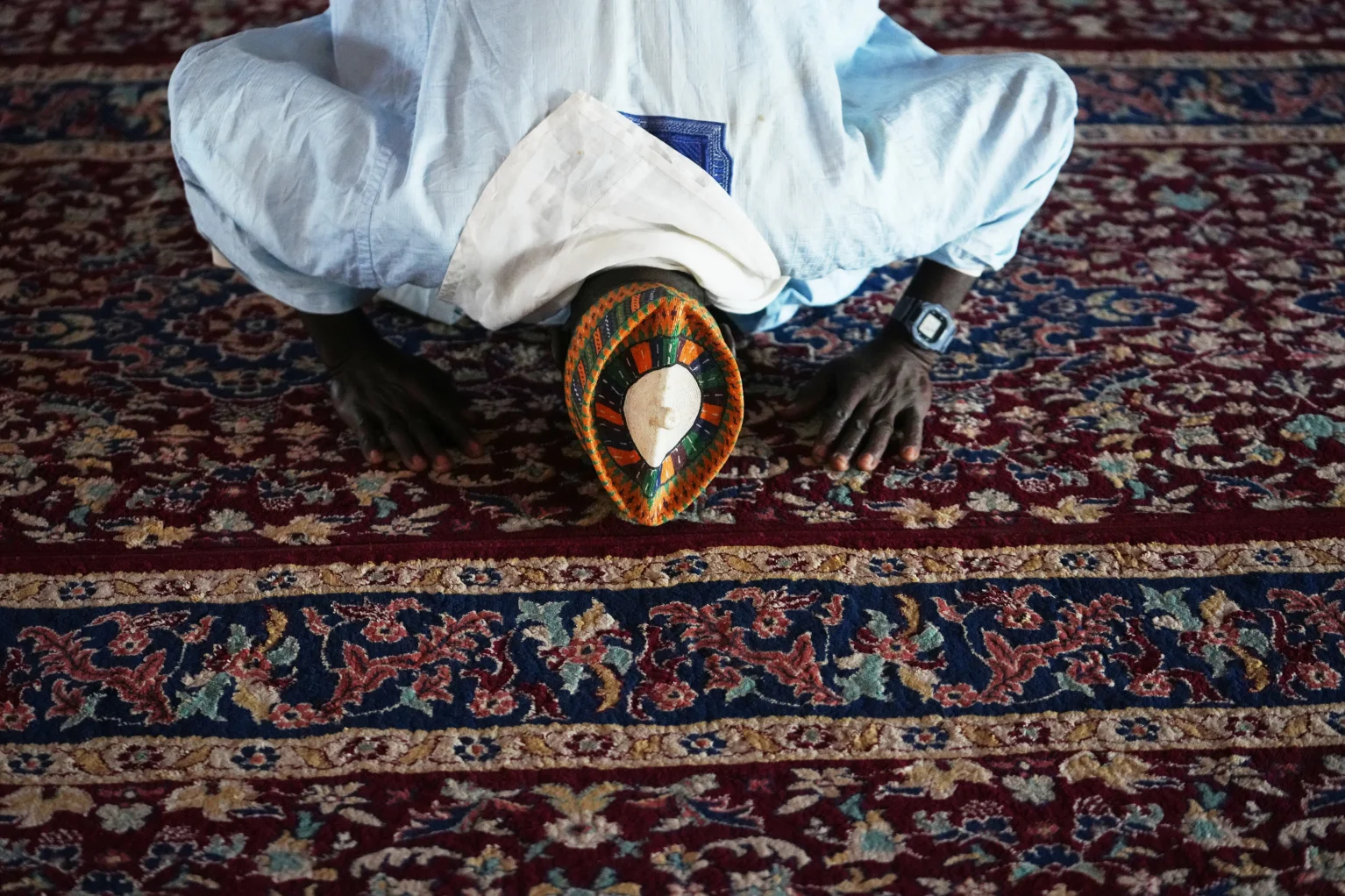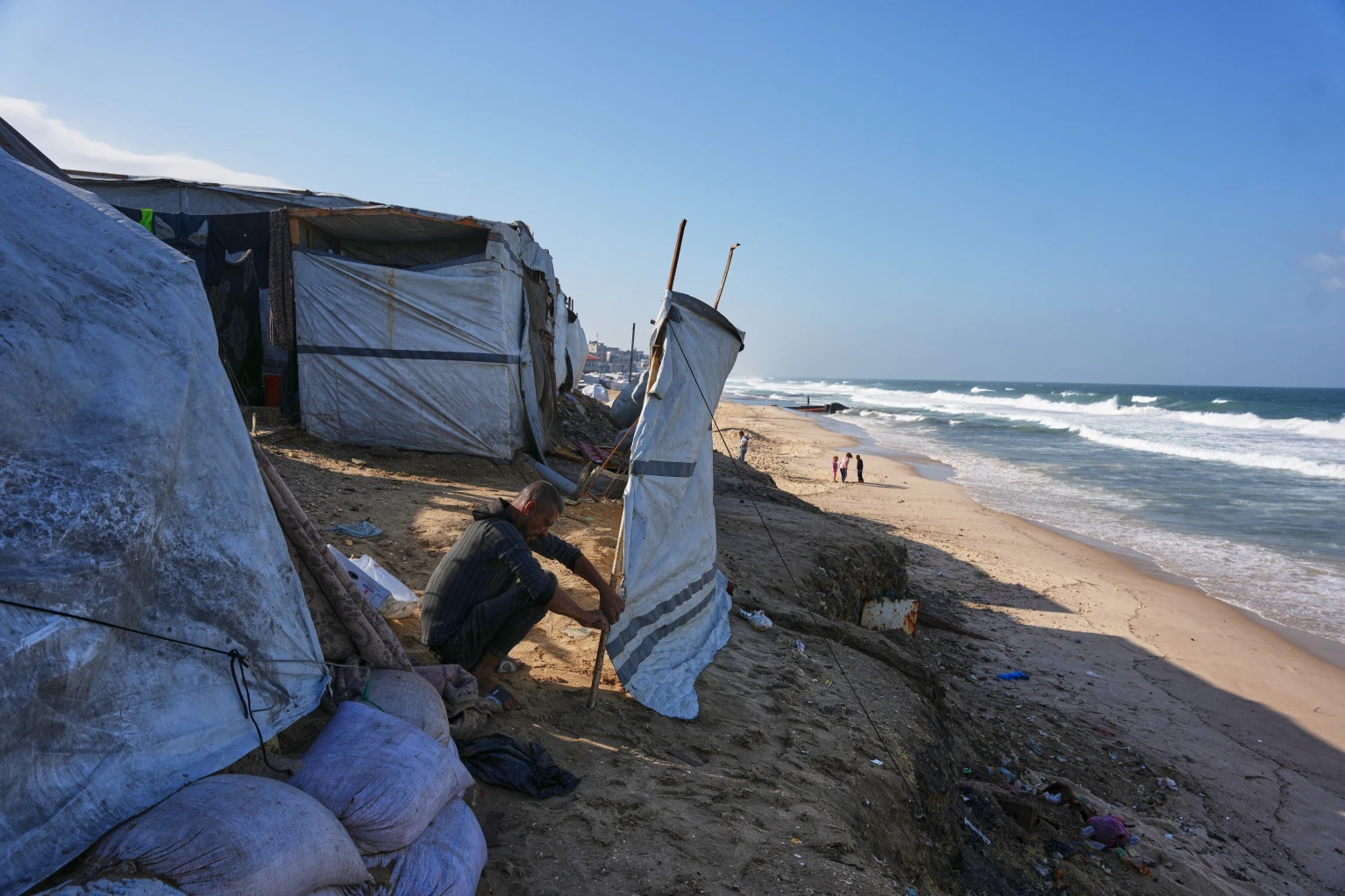
Prospect of diminished foreign funding is forcing Kenya to explore alternative sources of revenue mobilisation to stave off imminent economic crunch if the reported US’ foreign financial programme pause last long and China remains hesitant to untie its purse strings.
The government says the livestock industry remains largely unexploited, hence the push to invest in it more resources and expertise.
The East African nation’s main exports are tea, coffee and glowers, with fruits – avocadoes, mangoes and – accounting for a peripheral margin in foreign exchange earnings. Consequently, current gloomy economic outlook is prodding the government to exploit the potential of the livestock subsector to spur over 10 million livestock keepers in the country to improve their stocks in anticipation of higher proceeds in foreign markets.
According to the ministry of agriculture and livestock, meat production in the country is mainly for domestic consumption, hence the focus on export markets for cattle, goat, sheep and camel meat and pork, besides chicken and fish.
“The domestic meat market is primarily urban and is stratified according to disposable income. Meats are classified as either red or white where red meats include beef, mutton and chevon, pork and donkey meat while white meats include poultry, rabbit and fish,” the report says.
The ministry recognises that the meat industry is one of fastest growing within the agricultural sector driven by growth of meat exports and the increases in population, urbanisation and household income.
“Kenya’s average beef production is estimated at 408,000 metric tonnes per annum of which 70 per cent is mainly based on the 23 zebu cattle population found in the arid and semi-arid lands while the rest (30 per cent) is from culls from the dairy herd. Camel meat production is estimated at about 20,000 metric tonnes per year, the ministry says.
The report further shows the he sheep and goat industry contributes about 30 per cent of the total red meat consumed in the country. On average, the production of meat from sheep and goats is about 262,000 metric tonnes per annum. The bulk of the sheep and goats are reared in the ASALs (arid and-semi arid lands) under pastoralism, and to a limited extent, ranching systems. Pig meat (pork) is produced under intensive systems and its production currently stands at 42,000 metric tonnes annually.
The importance of the camel for food security is due to its ability to survive and continue being productive, under drought conditions. There is robust export demand for live camels in North Africa and the Middle East. Currently, most of this trade demand is supplied from Sudan, Somalia and Djibouti.
The ministry says it is pivoting 2025 as the turning around the subsector to raise production and quality for external markets. The sector contributes over 12 per cent to the country’s gross domestic product (GDP) and about 50 per cent of the agricultural output. In addition, the livestock subsector employs 50 per cent of agricultural labour and supports over 60 per cent Kenyan households.
In recognition of threats posed by livestock diseases to the subsector, the Government Spokesperson Isaac Mwaura says the outbreak of foot-and-mouth disease in Kakamega, West Pokot and Trans Nzoia counties illustrates the vulnerability of the meat industry.
Dr Mwaura says the outbreak foot-and-mouth disease in Trans Nzoia was first reported in November last year in Cherangany, Kwanza, Kiminini, Saboti and Endebess sub-counties upon which samples were taken and submitted to the National FMD referral laboratory for analysis where type O serotype was isolated.
According to the spokesperson, the outbreak was later reported in Chepararia area of West Pokot County in January 2025 whilst the reported cases in Kakamega were in Shinyalu and Malava sub-counties where the latter outbreak was diagnosed clinically and is awaiting laboratory confirmation. As a result, Dr Mwaura disclosed that the government has invoked control measures as stipulated in the Animal Diseases Control Act (Cap 364) to control and manage the outbreaks.
“A quarantine has consequently been imposed on the movement of the animals in the affected areas to prevent further spread of the disease. Additionally, Shinyalu and Lubao livestock markets in Kakamega County, Chepareria livestock market in West Pokot County and Sikhendu and Sibanga livestock markets in Trans Nzoia County have been closed indefinitely,” he announced, adding that ring vaccination is being carried out in these areas ahead of the national vaccination exercise.
Speaking during a media briefing in Nairobi, Dr Isaac Mwaura said that in Kakamega County, 2,500 heads of cattle, 200 sheep and goats and 19 pigs have been vaccinated while the veterinary department in Trans Nzoia County has received 4,000 doses of the FMD vaccines and plans to roll out the vaccination in due course even as farmers are being encouraged to also continue vaccinating their flocks privately.
According to the spokesperson, FMD is a highly contagious viral infection causing substantial losses in milk production, reproduction, and growth, while Peste des Petits Ruminants (PPR) affects sheep and goats, with infection rates running up to 90 per cent with mortality rates of up to 70 percent.
He stressed that the perennial livestock disease outbreaks in the country is a major setback to the livestock sub – sector as it threatens not only the health of millions of animals but also the livelihoods of farmers and the broader economy and to avert this, the government is in the final stages of rolling out a national livestock vaccination program.
“This programme is essential considering that recurrent outbreaks of diseases such as FMD, lumpy skin disease, pneumonia and anthrax have hindered farmers from fully exploiting the lucrative European and Middle East export markets,” Mwaura explained.
He at the same time noted that strict health regulations and safety concerns have kept Kenyan livestock products from reaching their potential in these markets and therefore the country must attain better standards if the recently signed trade agreements for livestock products have to hold.
The government spokesperson lamented that these concerns have created bottlenecks, stifling the country’s growth and the sector’s ability to unlock its economic promise.
“FMD and PPR are classified as ‘trade-sensitive’ trans-boundary animal diseases by the World Organization for Animal Health (WOAH), therefore, the level of Kenya’s prevention and control status of these diseases determines if Kenya’s livestock and livestock products can access international markets,” he reiterated.
Mwaura re-affirmed that vaccination is the most effective measure to prevent and control FMD and PPR diseases, ensuring healthy livestock while safeguarding livelihoods thus, the government is rolling out a nationwide immunization exercise targeting 22 million cattle against FMD and 50 million sheep and goats against PPR, an initiative aimed to open up lucrative export markets while ensuring food security, economic stability, and enhanced farmer earnings.
“The government reiterates that the National Livestock Vaccination Programme is voluntary hence no farmer will be forced to have their flock vaccinated,” he assured, insisting that the vaccines to be used for this programme are locally manufactured by the Kenya Veterinary Vaccines Production Institute (KEVEVAPI), ensuring high safety and efficacy standards.
To further address challenges in the livestock sector, Mwaura announced that the government has introduced a livestock insurance policy to protect farmers from losses during droughts and calamities. According to the spokesperson, measures have already been taken to stimulate commercial feed production, addressing the current annual feed deficit of 60 per cent (33 million metric tonnes) and reducing the 40 percent post-harvest feed losses.
In addition to these interventions, he pointed out that the government is also developing an Animal Identification and Traceability System (ANITRAC) to further advance this sector. Mwaura explained that this system would improve market access for livestock and livestock products as well as enabling producers to access credit and insurance using identified livestock as collateral and curb livestock theft and illegal movement.
- A Tell / KNA report / By Michael Omondi







